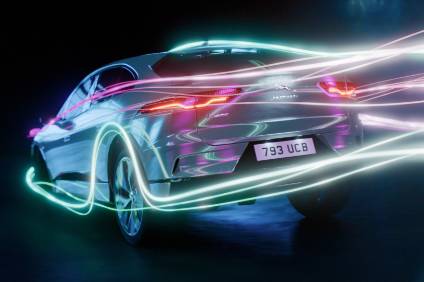
BMW M is embracing reinvention as it celebrates 50 years in 2022. G87, the next M2, will be built at the San Luis Potosi plant in Mexico. Engine cubic capacities and the number of cylinders are shrinking while electrification options, weight and power are rising for the Motorsport models. And, the sub-brand’s first SUV is coming. Yet even as PHEVs and EVs are added to the ranks of M’s line-up the core ICE-only models remain a strong part of the division’s future. This new report out today explores where M is now and where it’s headed.
Jaguar Land Rover has announced a new ‘Open Innovation’ strategy to accelerate next-generation technology and sustainability. The Tata Motors-owned automaker recently launched its ‘Open Innovation’ strategy which aims to support the company’s ‘Modern Luxury’ vision for the business, its partners and customers. JLR maintains that the Open Innovation concept will encourage collaborations with scale-ups, start-ups and like-minded organisations when looking at major industry trends and issues such as electrification, sustainability, manufacturing and supply chain. The strategy includes hook-ups with technology networking platforms designed to support start-ups. On a broader level, it is part of the JLR ‘Reimagine strategy’ which was set up to set the strategic direction and ultimately the goal to become the creator of the world’s most desirable, luxury vehicles. The Open Innovation strategy is part of Jaguar Land Rover’s wider ‘Reimagine strategy’ which aims to electrify Jaguar and Land Rover brands before 2030, achieve net zero carbon emissions across the supply chain, products, and operations by 2039, create six pure electric variants over the next five years and much more.
How is the supply of a key battery raw material – graphite – shaping up? Graphite makes up the vast bulk of the anode (95%) of a typical Li-ion battery fitted to a battery electric vehicle (BEV) and approximately 1kg of graphite is needed per kWh of battery energy making it, by weight, the most significant element of the battery cell. China has reached a position of dominance in the supply of the type of high-grade processed graphite needed for BEV batteries, with estimates suggesting that it accounts for circa 85% of global supply. Not only does it have significant reserves of natural graphite, but it has a near-monopoly on the industrial processes required to transform the material from mined (‘flake’) state to the highly pure spherical graphite needed to form the battery anode. There is an alternative to natural graphite, and that is synthetic graphite made using petroleum as a feedstock. In fact, battery cell makers prefer synthetic graphite because its more uniform structure is conducive to longer battery operational life. Estimates indicate that it has overtaken natural graphite in current BEV Li-ion battery production and anodes are often made up of a mixture of natural and synthetic graphite. There is a catch, or two. It is also more expensive than natural graphite and even less environmentally friendly than natural graphite in its sourcing and production methods. And, as it happens, China also dominates the global supply of synthetic graphite.
As demand for affordable EVs accelerates with the clock ticking down on ICE sales, expect to see more Chinese cars on Europe’s roads. China is the most populous country in the world, its second-biggest economy, and the largest producer and consumer of battery-electric vehicles. With this is mind, it seems somewhat counterintuitive that Chinese-built cars are largely absent from European roads. However, as demand for affordable EVs accelerates with the clock ticking down on ICE sales, we may start to see more vehicles from the People’s Republic on European roads. So, why aren’t there more Chinese vehicles on European roads? The situation is influenced by several factors. For one, Europe’s vehicle production networks are mature and relatively efficient, despite concerns around overcapacity, meaning the continent never struggled to furnish itself with ICE-powered vehicles, thanks to playing host to established auto giants including Volkswagen and the Peugeot-Citroen half of Stellantis. As a result, European OEMs were able to offer small, cheap vehicles built relatively locally, despite the higher wage costs generally associated with manufacturing in Europe. Plus, while China’s vehicle production and sales market has developed rapidly over the last two decades, there has been plentiful home-grown demand for its vehicles. This put less pressure on China’s large automakers such as SAIC, Geely and BYD to expand their market sights beyond China, because there was still vast amounts of unmet demand within the country.
Could a revived DeLorean brand – as currently proposed – actually work? We’ve got some reservations. Petrolheads and movie fans of a certain vintage could be given a reason to celebrate as a Texas-based company confirms it wants to bring back the legendary DeLorean brand. The marque’s original iteration had a tumultuous existence throughout the 1970s and ‘80s – its iconic stainless-steel DMC12 had a starring role in the Back to the Future film trilogy; but poor demand, worse build quality, financing woes, and the arrest of its founder on drugs charges saw the original company enter bankruptcy in 1982. Since then, the rights to the DeLorean name have ended up in the hands of Stephen Wynne, who runs DeLorean Motor Company in Texas, providing spare parts to the few thousand DMC-12s still on the road. Now, however, the brand is being reinvigorated under the guidance of new CEO Joost de Vries, who has previously held positions at Tesla and Karma. Spearheading its new campaign is the DeLorean Alpha5 – a high-performance battery-electric 2+2 coupe aiming to compete with the Porsche Taycan, Tesla Model S Plaid and Mercedes-AMG GT. The Alpha5 claims to return more than 300 miles on the US EPA testing cycle, with impressive acceleration to match. While it shares few if any visual cues with the original DMC-12, the Alpha5 will employ some of the largest gullwing doors ever fitted to a production car, giving the car a strong parked presence while allowing access to the rear seats. While the Alpha5 is striking, and its announcement includes some details of DeLorean’s planned strategy for bringing it to market, we feel there are some notable omissions in the announcement that should give prospective investors reason to question whether DeLorean is actually able to deliver on its stated objectives.
See Also:
Recogni, a developer of an artificial intelligence (AI) vision cognition system for autonomous vehicles (AVs), recently attracted investment from Bosch and Continental amongst others to help bring its perception platform to market and expand its engineering and go to market teams. To learn more, we spoke to RK Anand, founder and chief strategy officer.
How well do you really know your competitors?
Access the most comprehensive Company Profiles on the market, powered by GlobalData. Save hours of research. Gain competitive edge.

Thank you!
Your download email will arrive shortly
Not ready to buy yet? Download a free sample
We are confident about the unique quality of our Company Profiles. However, we want you to make the most beneficial decision for your business, so we offer a free sample that you can download by submitting the below form
By GlobalDataEurope was the fastest growing region for big data hiring among automotive industry companies in the three months ending April. The number of roles in Europe made up 15.6% of total big data jobs – up from 14.3% in the same quarter last year. That was followed by North America, which saw a 0.7 year-on-year percentage point change in big data roles. The figures are compiled by GlobalData, who track the number of new job postings from key companies in various sectors over time. Using textual analysis, these job advertisements are then classified thematically. Which countries are seeing the most growth for big data job ads in the automotive industry? The fastest growing country was the United Kingdom, which saw 0.7% of all big data job adverts in the three months ending April 2021, increasing to 1.9% in the three months ending April this year. That was followed by China (up 1.1 percentage points), France (1.1), and Sweden (0.9).
The proportion of automotive manufacturing and supply companies hiring for data analytics related positions rose in May 2022 compared with the equivalent month last year, with 77.6% of the companies included in our analysis recruiting for at least one such position. This latest figure was higher than the 71.2% of companies who were hiring for data analytics related jobs a year ago and an increase compared to the figure of 76.9% in April 2022. When it came to the rate of all job openings that were linked to data analytics, related job postings dropped in May 2022 from April 2022, with 5.3% of newly posted job advertisements being linked to the topic. This latest figure was the lowest monthly figure recorded in the past year and is a decrease compared to the 6.7% of newly advertised jobs that were linked to data analytics in the equivalent month a year ago.
Stellantis said vehicles produced on its new STLA Large platform would be built at the Windsor (Ontario) Assembly Plant. Production of the current L-series vehicles – Chrysler 300, Dodge Charger, Dodge Challenger – at the Brampton (Ontario) Assembly Plant would end when retooling begins in 2024, as announced on 2 May, 2022. A product announcement for Brampton would be made later. The moves are part of the company’s investment of C$3.6 billion (US$2.8 billion) to support its Dare Forward 2030 strategic plan and its long-term electrification strategy to invest C$45 billion (US$35 billion) through 2025 in electrification and software globally.
The latest global light vehicle manufacturing forecast from GlobalData unit LMC Automotive shows growth in 2022, despite a worsening outlook for the global economy and the continuing adverse impacts of war in Ukraine. GlobalData forecasts global market growth of 4.2% to 80.1 million units in 2022. LMC analysts say that although there are negative factors at work and economic conditions are worsening in many markets, the supply constraints caused by the semiconductors shortage mean long waiting lists and still unsatisfied demand. Indeed, they estimate that real demand in Western Europe and North America is still far higher than the current level of vehicle sales – possibly by as much as 10-15%. They also note that new incentives in China will boost sales there in the second half of the year. Furthermore, the parts shortages should ease later in the year, leading to more fulfilment of backed up orders. Indeed, inventories of auto-grade semiconductors are increasing in China – one possible early sign of easing of shortage.
Disruptions continued to upset the American vehicle market in May with US light vehicle sales off 29% on last year’s pace and down to their level in May 2020. According to LMC Automotive, a leading automotive forecasting and market intelligence company, now part of GlobalData, May volume totalled 1.11 million units, down by 29% YoY. The annualized rate of sales (SAAR) dropped by nearly 2 million units to 12.7 million units from 14.5 million in April. May lost two selling days this year, and adjusting for this difference, sales still fell by 14% YoY. However, the number of vehicles sold by selling day fell to 51,900 units from 60,400 units a year ago. LMC said that with prices remaining at record high levels and monthly payments increasing as interest rates go up, retail sales are starting to show some weakness.
After a period of suspended production due to supply chain difficulties caused by western sanctions on Russia’s economy, AvtoVAZ is reportedly planning to resume output on 8 June, reports said. Reuters reported that the company said it will resume production of the Lada Granta model from 8 June. Control of Russia’s largest automotive company has transferred from Renault to Russian interests and the main shareholders are now the Russian Federation and the state corporation Rostec. As the Ukraine war continues and with no end to Western sanctions on Russia’s economy in sight, AvtoVAZ faces many challenges – operationally and strategically – ahead. Russia’s Minister of Industry and Trade Denis Manturov said recently that AvtoVAZ has much hard work ahead. He added: “The new products will be developed on the Russian platforms, using Russian engineering competencies and with maximum involvement of Russian component suppliers – this is the strategic decision. Its implementation will require total efficiency of the management and the team of the company.”
UK car registrations fell 20.6% to 124,394 units in May as supply shortages continued to hamper new purchases and the fulfilment of existing orders, according to the latest figures from the Society of Motor Manufacturers and Traders (SMMT). It was the second weakest May since 1992, after the 2020 pandemic-hit market. The UK car market in May was 32.3% below the 2019 pre-pandemic level despite strong order books. While private consumer purchases fell 10.3%, their market share increased year-on-year by 6.1 percentage points to 53.2%, in part due to manufacturers striving to fulfil deliveries – particularly of electric vehicles – to private buyers.
South Korea’s LG Chem said it had agreed to establish a new joint venture with Kemco, a subsidiary of Korea Zinc Company, dedicated to recycling precursor materials to help secure a stable supply of components for electric vehicle (EV) batteries. The two companies plan to spend over KRW200bn (US$159m) on a plant with annual production capacity of 20,000 tons of recycled precursors materials for EV battery cathodes and anodes. The facility will focus on processing nickel sulphate for next generation NCMA (nickel, cobalt, manganese, aluminium) batteries for EVs.
Have a nice weekend.
Graeme Roberts, Deputy Editor, Just Auto



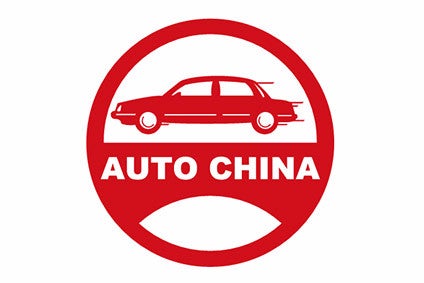
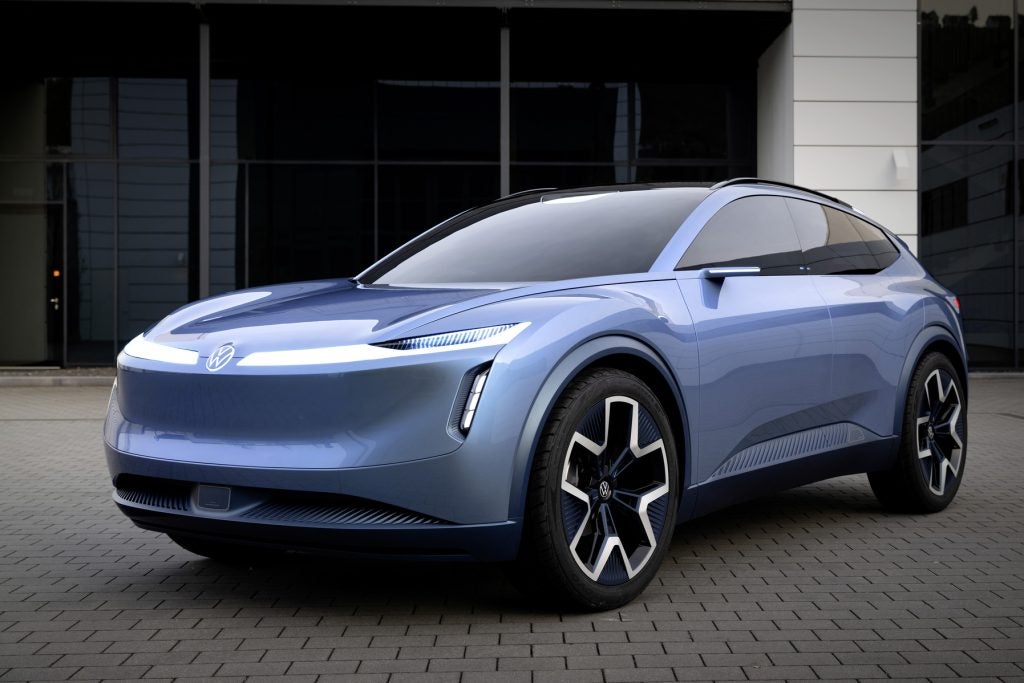
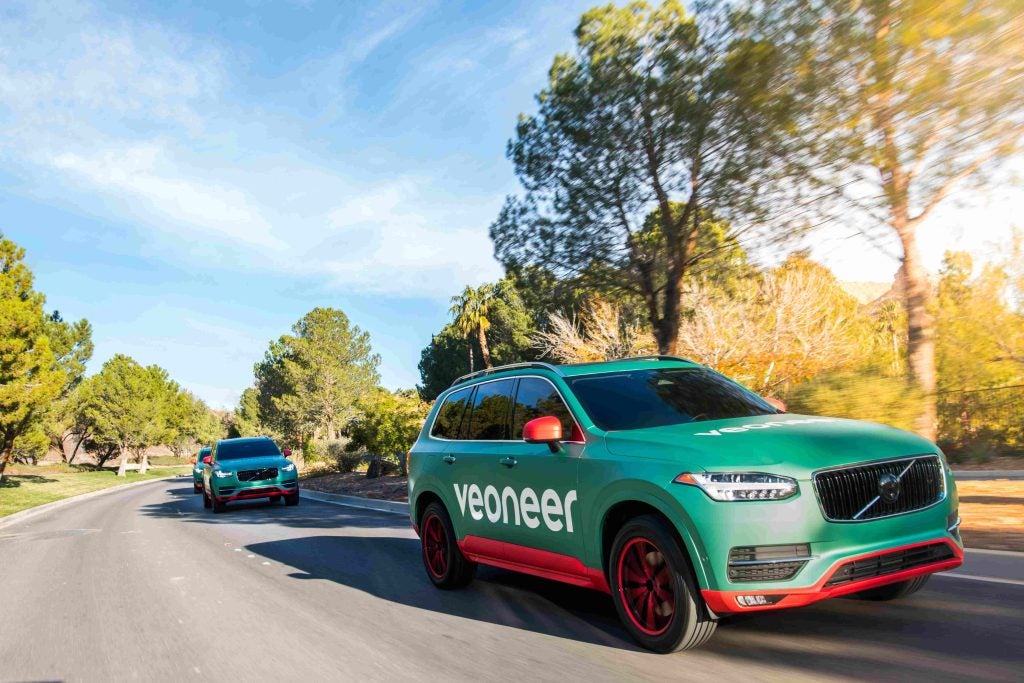
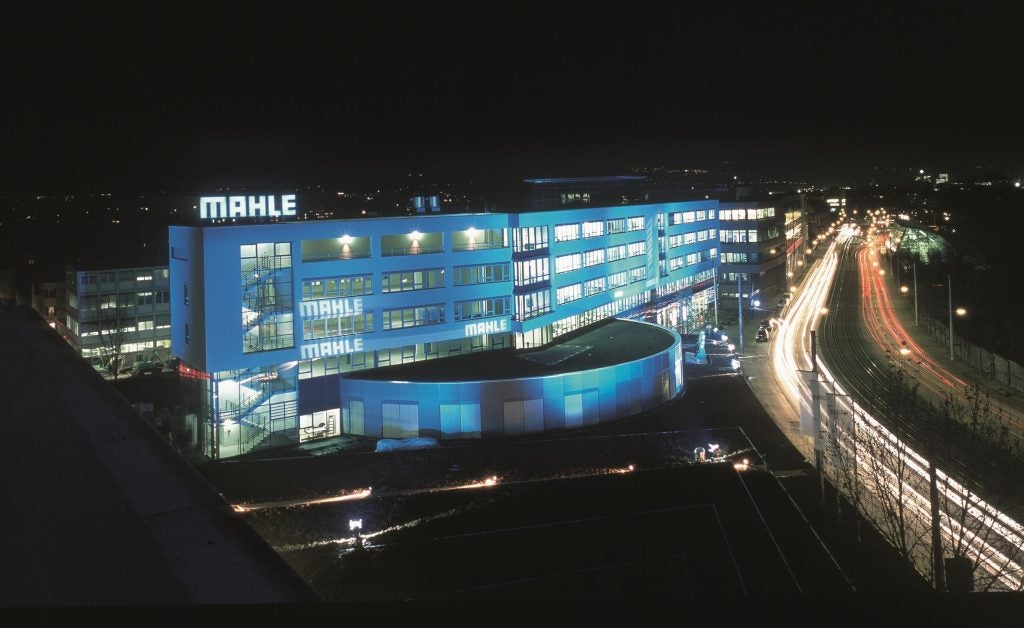

Related Company Profiles
Tesla S.r.l.
Volkswagen AG
AvtoVAZ
Chrysler Corporation
LMC Automotive, Ltd.